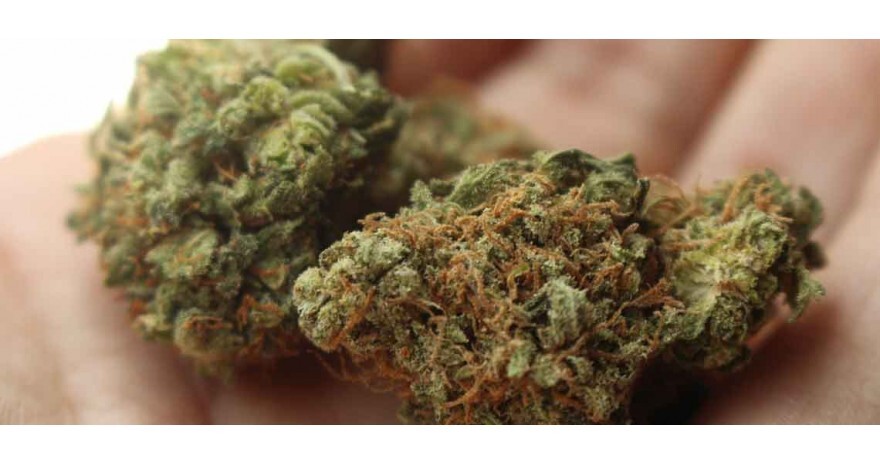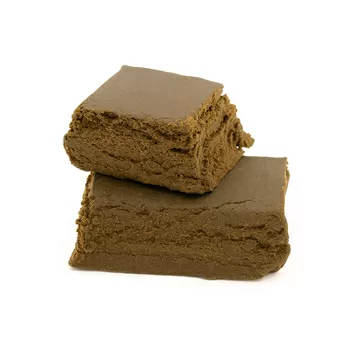Cannabis sativa is a widespread shrub in temperate and tropical climates where it can grow wild or be cultivated. From the 17th century until the mid-20th century it was widely used for its textile fibre.
From the period of the Maritime Republics until the advent of coal ships, Italy had, with Bologna and Ferrara, one of the most important districts for the cultivation of cannabis sativa, to the point of becoming the first supplier of its fibre to the British Royal Navy in the era of colonisation and the great maritime conquests under sail.
During the 20th century, in order to prevent the misuse of the plant to produce drugs, laws were introduced which, in fact, also counteracted its widespread industrial use in the early post-war period, both in textiles and paper.
The use of cannabis in medicine has long been debated: in 1850, the substance was part of the British and US Pharmacopoeia, only to be removed in the early 20th century in favour of safer substances with less risk of being misused.
Some effects of smoking marijuana on adolescents
Cannabis has been the drug most commonly consumed by young people for years, although the resin produced from the inflorescences is now much more potent than in the past, thanks to the countless hybridisations and genetics available to users, developed to produce increasingly marked and important effects. Suffice it to say that, on average, the THC content is present in concentrations of 8 to 17%, reaching as much as 20% in varieties such as Sensi Star.
Experts are very concerned about this aspect, precisely because it is not yet possible to verify all the possible consequences for the user, which can range from addiction alone to the development of psychotic disorders.
This hypothesis emerges from a recent study, still unique of its kind, published in the journal Addiction and conducted by researchers from the University of Bath and King's College London, who collected and analysed data from the European Monitoring Centre for Drugs and Drug Addiction relating to the 28 European countries, including Norway and Turkey. This made it possible to reconstruct the 'evolution of cannabis' in the decade between 2006 and 2016, which showed a gradual increase in THC concentration and a consequent decrease in CBD concentration.
This result inevitably alarmed the researchers, since it is the lower levels of cannabidiol that are responsible for the main potential long-term damage, since they are able to inhibit some of the harmful action of THC. Lower concentrations of legal CBD imply a significantly more aggressive substance, and THC acts directly on receptors in areas of the brain that are responsible for complex functions such as judgment, pleasure perception, learning, memorisation and movement.
The feeling of a high that many people find so pleasurable is nothing more than an imbalance in the general functioning of the brain. This is a huge risk for adolescents, as the brain structure, which is still being formed, can be permanently damaged.
According to a study in the Journal of Neuroscience, there is no clear threshold below which smoking weed is harmless, since even a few joints would be enough to alter the brain structure in young people, just as alcohol consumption does.
The same researchers observed changes in brain volumes in a sample of 46 14-year-olds who had consumed cannabis only occasionally: alterations emerged in the amygdala, which is related to fear and emotional processes in general, and in the hippocampus, which is linked to memory and spatial skills.
It remains to be seen what the consequences of these abnormalities are, although it cannot be ruled out that cannabis may affect the process of neuronal remodelling that occurs up to the age of 18, and whether they are also reflected in the long term.
Smoking pot for medicinal purposes

The active ingredients that contribute to the effectiveness of medical marijuana are the so-called cannabinoids, specifically THC or delta-9-tetrahydrocannabinol and cannabidiol or CBD.
THC is primarily responsible for the pain-relieving, anti-nausea, anti-emetic and appetite-stimulating effects cannabis attributes, while CBD promotes its analgesic action, prolonging its duration of action while reducing its side effects. CBD also contributes to the reduction of intraocular pressure and has strong anticonvulsant, sedative and antipsychotic properties.
However, it should be noted that currently approved medical marijuana must be standardised and titrated for both active ingredients before it can be prescribed. The prescription can now be made directly by a general practitioner as well as by a specialist, provided that he or she ascertains the existence of the pathologies specifically expressed by the Ministry of Health.
The methods of administration may be different: medical cannabis can be taken orally in the form of a herbal tea or decoction, or by inhaling vapours, using medical devices designed to vaporise the substance, thus limiting the damage caused by burning the plant material.
Smoking weed makes you lose weight. Really?
Regardless of whether or not one has taken pot, it is easy to have at least once heard of the 'munchies effect', the sudden urge to eat particularly junk food as a result of taking cannabis. Many people claim to eat less and lose weight by smoking weed - a theory that is far more complex than it sounds, as there is little information available to date about the correlation between cannabis use and subsequent weight loss.
Much of the hype about weight loss through marijuana use stems from analysis of data collected from two surveys conducted in 2011, in which the authors revealed that obesity rates were higher among individuals who reported not using marijuana than among regular users who used it at least three times a week.
The second survey to establish the correlation between cannabis and obesity in young people also led to similar conclusions. A more recent study supported this finding, showing that cannabis users had a lower body mass index and obesity rate, but an increased daily caloric intake.
Experts have therefore come to some conclusions about the correlation between marijuana use and greater body weight control: Smoking cannabis can alleviate symptoms of pain and stiffness, making people feel more active and more likely to exercise. Marijuana use itself leads spontaneously to less drinking, which is significant because the data showed that the young people surveyed had significantly reduced their intake of alcohol and low-calorie carbonated beverages, while reducing their caloric intake.
The effects of marijuana are to reduce feelings of stress, and many studies over the years have shown that stressed individuals tend to relieve their nervousness through food as a kind of 'release valve'.
It also interacts with the cannabinoid R-1 receptor, the same receptor that plays a key role in stimulating metabolism and food intake: high amounts of cannabis would therefore appear to increase metabolic activity, reducing calorie accumulation and consequently weight.
In fact, the use of marijuana does not lead to sudden weight loss, although experts believe that it can certainly help with the benefits it can confer on the body. However, all this remains to be seen, as there is still little research on the subject. What is certain is that marijuana cannot really be considered an aid in reducing obesity, especially if it is severe. Rolling a joint is good for you but almost certainly not good for your diet!
 Italiano
Italiano Español
Español English
English Français
Français Deutsch
Deutsch



